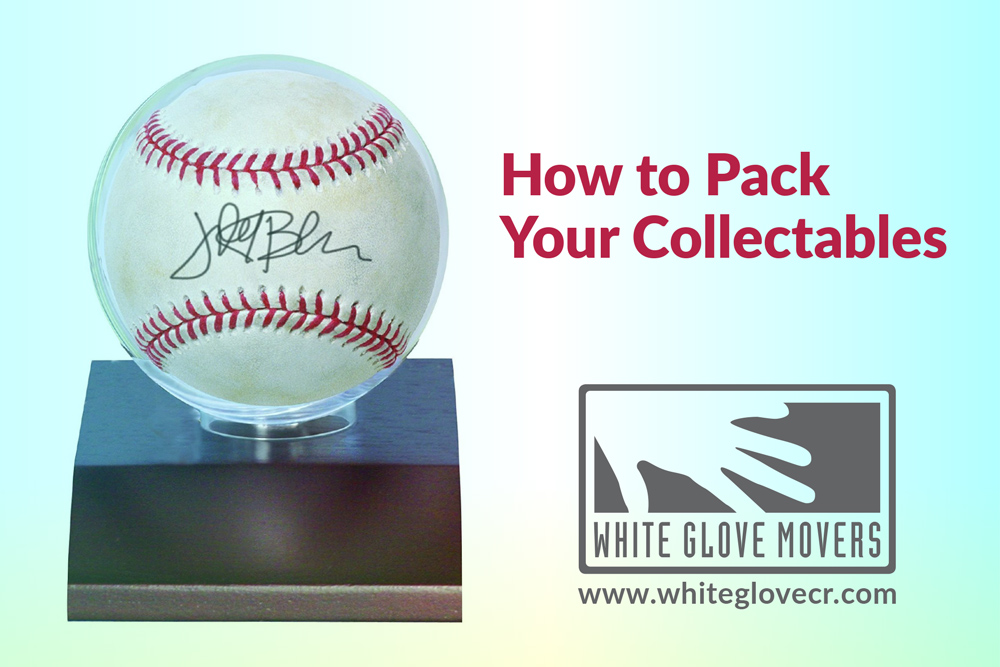No doubt one of the most stressful things about moving is the thought of packing up everything in your home, especially your valuables. If you’re an avid collector or someone who appreciates antiques, the packing process probably has you more stressed out than most. However, there’s no rule written by the universe that says your collectibles will be destroyed during your move. Some common sense and a few insider tips can help you prep, pack, and transport your items safely across the state, country, or world.
Before you start packing, be sure you have the following:
- Sturdy boxes
- Packing tape
- Padding materials such as packing peanuts, bubble wrap, and towels
- Labels
Once you’ve gathered your packing materials, consider the following tips for keeping your antique and collectible items safe.
Start with your collectibles and valuables: Packing your special items first is a great way to start the moving process. Try to set an entire day aside to pack these items. If you pack your collectibles first, your packing materials will be put to good use and you’ll soon find out what you need more of.
Use high-quality boxes: It’s tempting to save money and cut corners by using recycled boxes or boxes you found at work. But your items will be much safer in a box that hasn’t been banged up or previously shipped. If you’re concerned about cash, ask for sturdy second-hand boxes from your family members or a coworker that recently moved.
Reinforce those bad boys: Even though you have sturdy boxes you should reinforce the bottoms with additional packing tape. You can do this quickly and efficiently as two additional strips of tape are plenty.
Support your items with packing items: Keep your collectible items and antiques nestled carefully in their boxes by using extra padding. Materials such as packing peanuts, bubble wrap, and crumpled newspaper will provide the extra cushion they need.
Break out the special boxes: Certain items such as mirrors and paintings may not have come in traditional boxes originally, so don’t bother trying to cram them in regular boxes. Take the time to order large flat boxes specially designed for such items. You can do this by looking online or going to your local post office. Be sure to pick up some corner protectors as well.
Label! Labeling your boxes is a great moving practice because it will help with unpacking. Label your delicate and collectible items as such and make sure your movers will see it. You should also put the word “FRAGILE” in bold capital letters on the boxes so it’s clear they’re to be handled with care.
Tell movers about your antiques: Residential movers are used to moving fragile items but that doesn’t mean they read minds. Let them know what items are breakable during one of your conversations before or on moving day.
Fine China: If your collectibles or antiques are hollow on the inside (items like vases, ceramic objects, China, and vases), a good practice is to fill the center. Support these items by stuffing them with packing peanuts, bubble wrap, and newspaper. Then surround them with additional packing materials so they have less of a chance of being broken.

